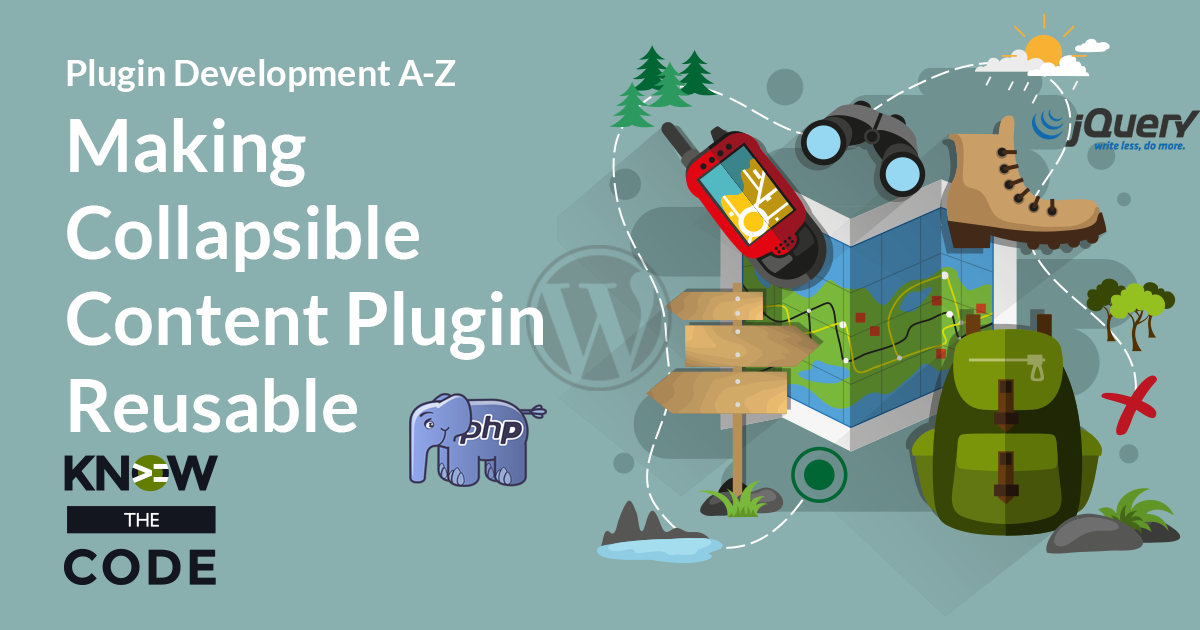In this lab, you will learn about how to make your code reusable. You’ll learn about what it is, why you want to change your mindset to build code in a reusable way, and then how to do it. You are a professional web developer. It’s your career and/or business. You need to make money. Designing your code to be reusable is a strategy to reduce your time and thus costs over the entire lifecycle of the code itself. In other words, it makes you more profitable. To get started, make sure that you have completed Part 1 and 2 […]

